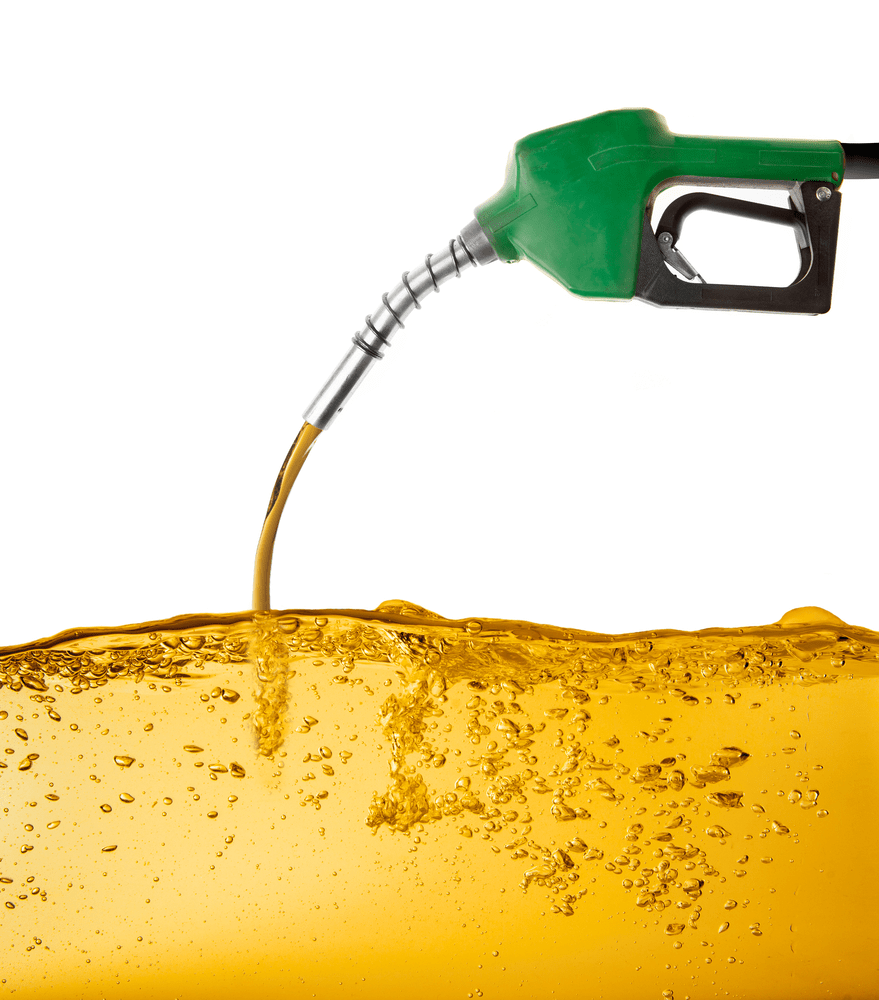the origins and fundamentals of gasoline

For a fuel that is so frequently used by the majority of Americans, there seems to be a lot about gasoline that is still misunderstood. In this article, we will explore some of the basics about gasoline, such as where it comes from, how it gets here, and what it’s made of.
where does gasoline come from?
A common misconception is that we depend on foreign oil. The majority of gasoline sold in the United States is produced right here. In 2019, U.S. net imports (imports minus exports) of petroleum from foreign countries averaged 2.7% of average daily U.S. petroleum consumption. Crude oil at U.S. refineries is produced into gasoline and other petroleum products and then shipped to various locations across the country.
how does gasoline get to me?
Once refined, gasoline is transported via pipelines to large storage terminals near consuming areas. From the storage terminals, gasoline is then piped to smaller blending terminals for processing into finished motor gasoline and then transported by tanker truck to your local gas station.
am i getting quality gasoline?
All fuel must meet specific requirements when leaving the refinery. Because gasoline is sent through pipelines that can be co-mingled with various petroleum products after leaving the refinery, it must be tested when it leaves the pipeline to see if the required specifications are still met. If the products fail to meet local, state, or federal specifications, they are sent back to a refinery for additional processing.
Fuel terminals must ensure that the fuel meets the required specifications before it can be loaded onto a tanker truck. Often, after loading at the terminal, individual tankers are subject to fuel testing before leaving as well. Additionally, once the fuel is delivered to the gas station, each fuel dispenser has its own fuel filter. Once the fuel is in your vehicle’s fuel tank it must also pass through the vehicle’s fuel filter before combustion. Therefore, many safeguards are in place to ensure the quality of the fuel that you put into your vehicle.
how much gasoline does the U.S. use each day?
In 2019, an average of 389.51 million gallons was consumed per day. This excludes aviation gasoline and all types of diesel fuel. Therefore, this number is likely much higher when factoring the aviation, transportation, farming, and other industries.
what is a barrel of gasoline?
A barrel is 42 U.S. gallons. The 42-gallon “barrel” was officially adopted in 1872 as an industry standard of measurement by the Petroleum Producers Association. Prior to modern metal drums, tanker trucks and rail cars, commodities had to be stored and shipped in wooden barrels. When filled with oil, a 42-gallon barrel weighed about 300 pounds. Today, a barrel’s refined products include about 20 gallons of gasoline, 12 gallons of diesel and 4 gallons of jet fuel and other liquified petroleum gases and asphalt.
what determines the cost of gasoline?
In 2019 the average retail price of gasoline was $2.60 per gallon. The four components that make up that total cost are crude oil, federal and state taxes, refining costs and profits, distribution, and marketing costs.
Crude Oil: 54% This is the largest component of the retail price of gasoline. Many factors affect the price of crude oil daily, primarily basic supply and demand.
Federal and state taxes: 18% The federal gasoline excise tax is 18.3 cents per gallon and the federal Leaking Underground Storage Tank fee is 0.1 cents per gallon. Additionally, each state applies their own tax on top of the federal tax. As of July 1, 2019, the total state taxes and fees averaged 29.66 cents per gallon. Pennsylvania has one of the highest gasoline taxes in the country at 58.7 cents per gallon bringing the federal and state tax total to 77.1 cents per gallon.
Refining costs and profits: 13% This cost can vary seasonally and by region in the U.S. based on supply, demand and ingredients needed to blend into the gasoline such as ethanol.
Distribution and marketing: 15% These costs are based at the gas station level and can vary greatly. Costs include but are not limited to wages, benefits, equipment, lease and rent payments, insurance, overhead, and state and local fees. Even retail stations close to each other can have varying prices due to these factors.
weaver energy gasoline
Weaver Energy delivers gasoline to residential, commercial and wholesale customers in Lancaster County, and beyond. The gasoline products available to our customers are E87 octane, E89 octane, E93 octane, and ethanol-free 90 octane. The Weaver Energy fuel station in Ephrata, Pennsylvania also allows customers to access and purchase gasoline 24 hours a day. For information about delivery capabilities and products, or to sign up for a fuel card, please contact the Weaver Energy office at (717) 626-7169.